Despite all the hours young dancers spend in the studio, for many coming out of high school, the idea of dance as an academic discipline—an intellectual as much as a physical pursuit—can be unfamiliar, even mysterious. What do college dance programs actually require? What do students’ days look like?
A college’s faculty, size, location, and type(s) of dance degree(s) can all impact a student’s experience. While BFA students spend upwards of 40 hours per week dancing, for example, BA students’ time dancing can fluctuate by semester, affording them more time to pursue other academic interests. The scope and duration of senior projects can also be quite different: Students in larger programs often work within parameters that allow everyone to choreograph, while students at smaller programs might have a half or even a full evening devoted to their work.
But the throughline is transformation. Though the four students here are in dance programs of different types and sizes, all describe their departments as supportive communities. They have close relationships with faculty, staff, and other students. (Especially at large universities, that access can distinguish dance from many other disciplines, where students don’t always work directly with faculty.) As their daily routines reveal, college has fundamentally changed their approach to dance.
Ellie Daley, ’25
University of Iowa (large public university)
Total enrollment: 31,452
Major: Dance, BFA
Ellie’s average day starts at 8 am, and rehearsals end around 8 or 9 pm. Every day she has ballet and modern technique, up to six hours of rehearsal, and at least one other departmental course. Most semesters she also takes one nondance course. On weekends, she attends additional rehearsals, teaches at University of Iowa Youth Ballet, and spends time with friends in Iowa City.
Ellie relishes the program’s emphasis on collaboration, and the many on-campus performance opportunities each semester. She counts MFA graduate students among her mentors: She takes class alongside them and has danced in their works. She’s also performed off campus with one faculty member’s professional company.
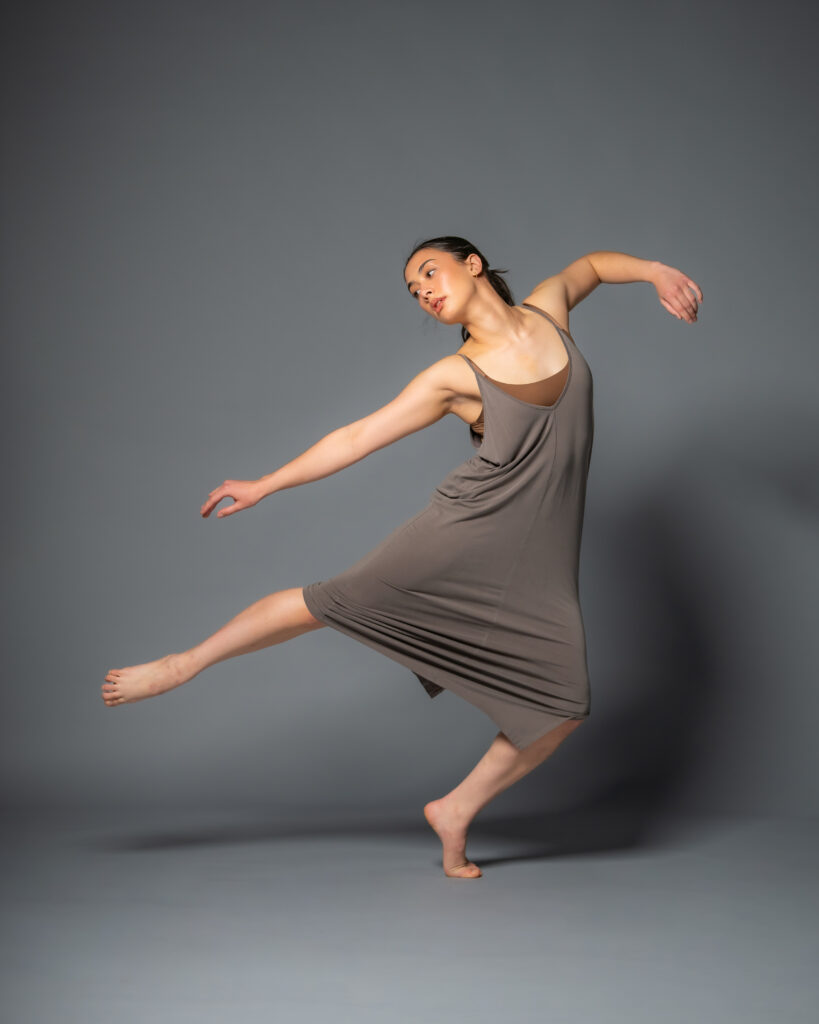
Ellie initially planned to double-major in dance and pre-occupational therapy. That changed after Dance and Society in Global Contexts, a course that she says “lit me up.” Beyond her love for dancing and performing, learning that dance “really means something and can reveal ways societies have progressed—and sometimes regressed—was exciting and affirming,” she says. Studying dance history and theory “changed the way I watched dance and how I brought myself into dance and choreography.” Though many of her peers do have two majors, she dropped her second major to focus all of her energy on dance.
Zil Inami, ’25
Purchase College, SUNY (conservatory within a public university)
Total enrollment: 3,257
Major: Dance, BFA
Zil’s alarm buzzes at 7:30 am for classes that begin at 8:30, and their last rehearsals typically end around 10 pm. They have multiple daily technique classes, around 20 hours of rehearsal per week, and spend up to three hours weekly in courses on composition and choreography. They like to spend downtime at the dorm with friends, talking about art.
On the side, Zil makes films, and they work one semester per year at the on-campus ropes course. They’ve also taken courses in puppet making, screenwriting, and studio recording. But rehearsal and performance conflicts can make it challenging to attend performances in other departments and off campus, even though New York City is less than 30 miles away.
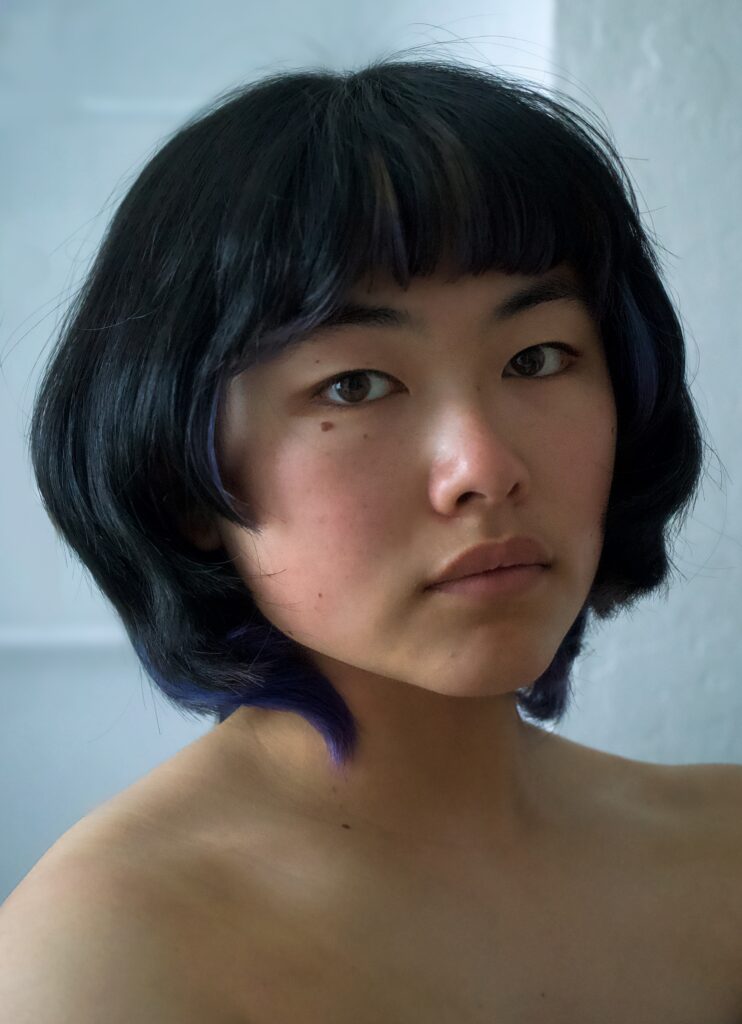
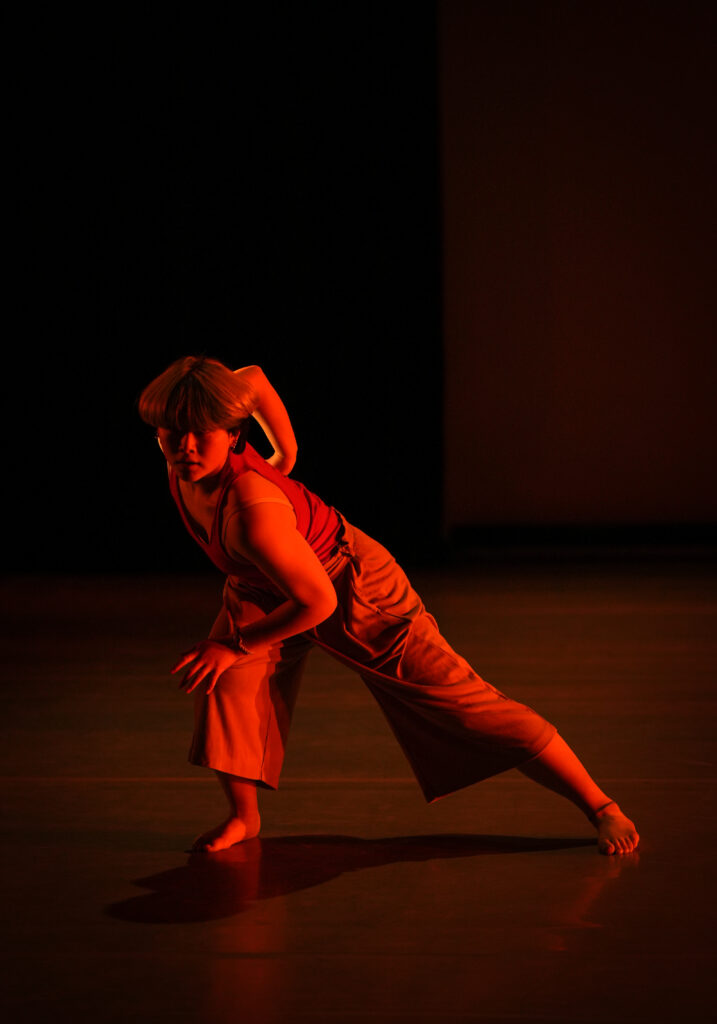
Before college, Zil mostly trained in ballet. They welcomed the transition to modern technique and choreographic experimentation at Purchase. With dual concentrations in composition and production, Zil studies choreography, stage management, and lighting design, and works behind the scenes of many performances on campus. Sundays are frequently booked with tech from 10 am to 10 pm. “The production concentration is a huge time commitment,” they say, “but I deeply love and enjoy being a part of a show production, so it is absolutely worth it.”
Adelle Welch, ’25
Bates College (small liberal arts college)
Total enrollment: 1,874
Majors: Earth and climate sciences; dance, BA
Adelle typically wakes up at 7 am, eats breakfast, and hits the gym before her 9:30 geology class. More science and dance classes, homework, faculty office hours, and rehearsals fill the remainder of her day. Depending on the semester, Adelle spends between four and 12 hours per week in rehearsals, which usually go until 9 pm.
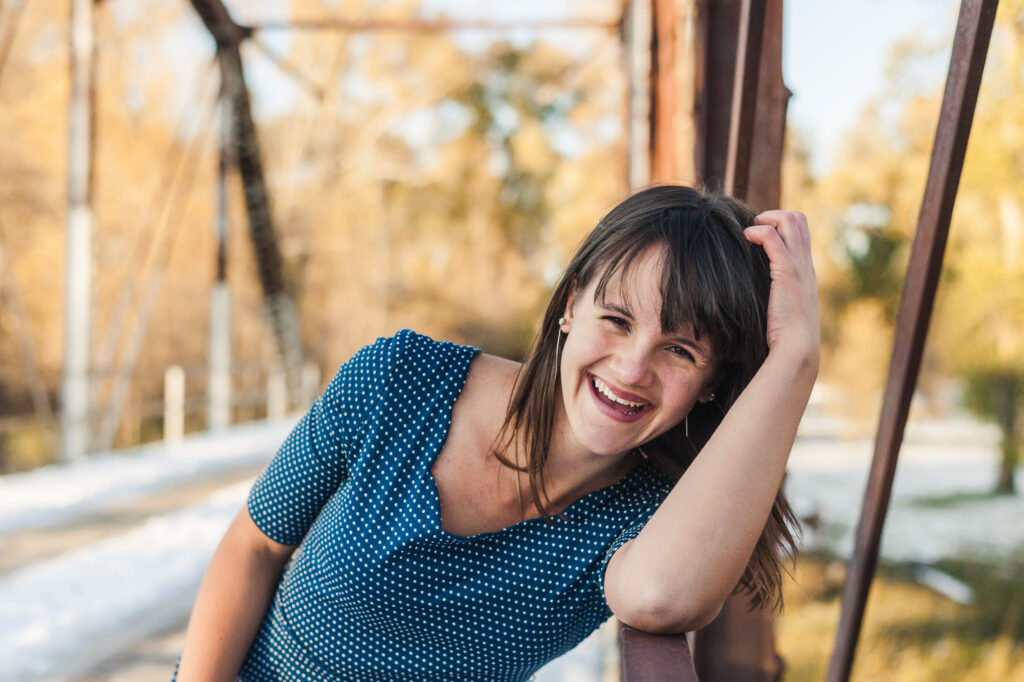
Though technique classes are available every day, if she wants to prioritize daily class, some of them will be beginner-level, unlike those at larger, audition-based programs. But Adelle has come to appreciate that diversity of experience, and has discovered that collaborating with a range of students has “expanded” her choreography. “It’s cool to figure out how to work with new dancers,” she says.
Adelle, who studied ballet growing up, wanted to dance in college but didn’t expect to major in it. In her first semester, she found a repertory course where she discovered dance could be like the books she’d loved in high school—more peculiar and provocative, less fairy tale—and she was hooked. She wants her dance thesis piece to be “ghost-like,” and since she has a job in the theater and dance costume shop, she expects it to involve a set and costumes that she’ll help make.
At Bates, Adelle says, “there are tons of student grants available for research around the world. There is almost nothing you can’t do if you try.” This summer she attended the internationally renowned Bates Dance Festival and did research for her honors thesis for her climate science major.
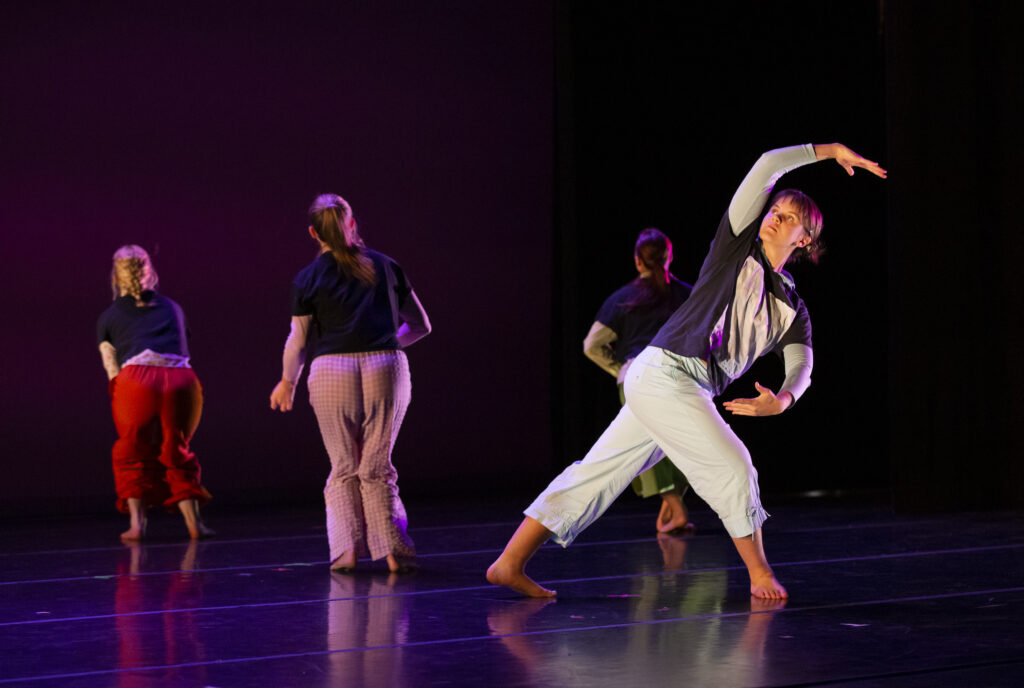
Ilo E., ’25
Emory University (midsized private university)
Total enrollment: 15,889
Majors: Women’s, gender, and sexuality studies; dance and movement studies, BA
Ilo, who uses he/they pronouns, takes at least three nondance courses per semester, and has an on-campus job in the dance department. A standard day starts around 8:30 am, and includes one dance class and one rehearsal, for a total of three or four hours of studio time. They often have additional rehearsals on campus and on weekends for their work with student recreational clubs—and off campus with an Atlanta-based choreographer, whom Ilo encountered thanks to connections between Emory’s faculty and the Atlanta dance scene.

Having attended a performing arts high school, “It was hard for me to picture education without dancing,” Ilo says. But they also wanted to pursue something else in college. After beginning college as a premed student, Ilo switched their second major to women’s, gender, and sexuality studies, excited that that discipline, like dance, helped them “find the language for human experience.”
Like Adelle, they spent a summer at the Bates Dance Festival, thanks in part to a scholarship from Emory’s Friends of Dance support organization. Emory’s dance department, with its focus on somatics and personal artistry, “has enabled me to have a healthy relationship with dance,” Ilo says. “It provides a safe space for critical growth and artistic discovery.”



